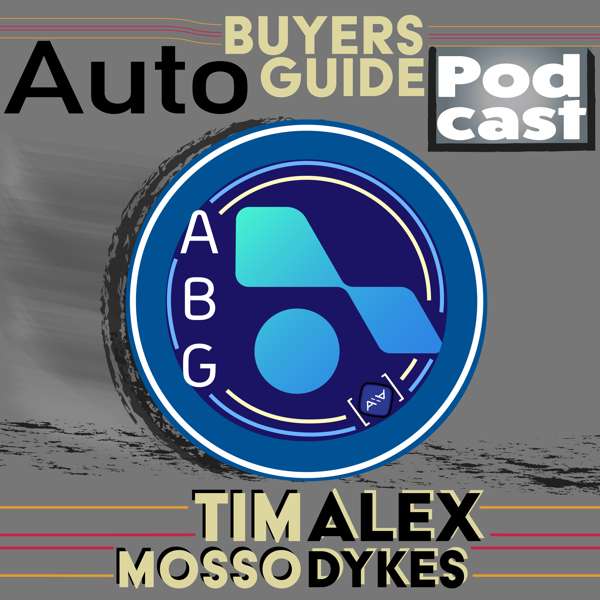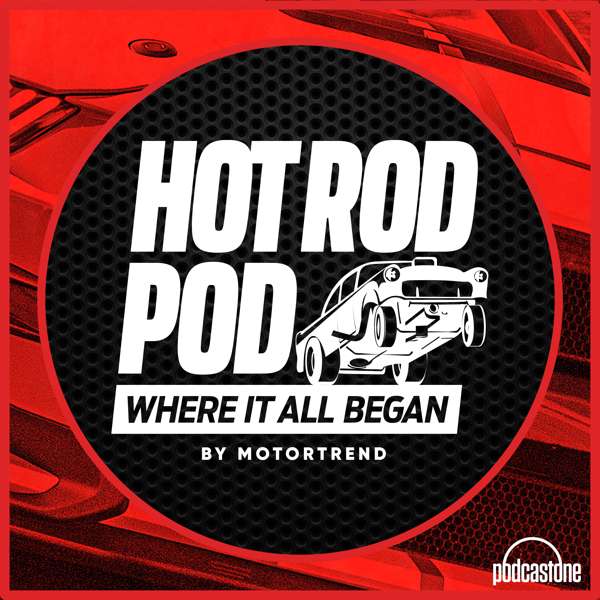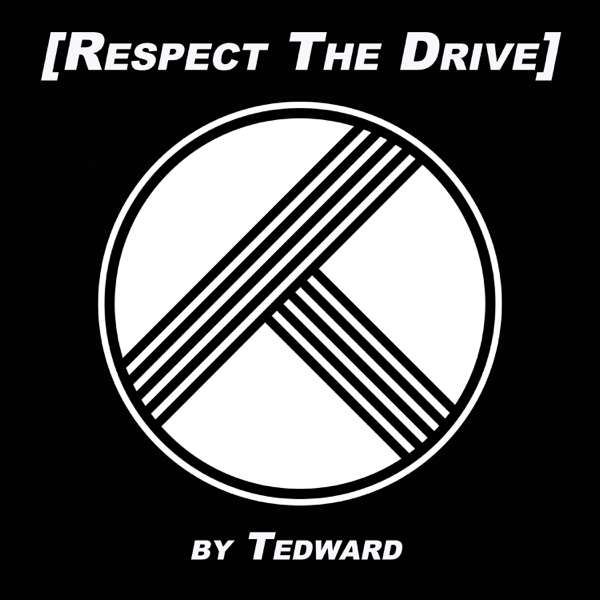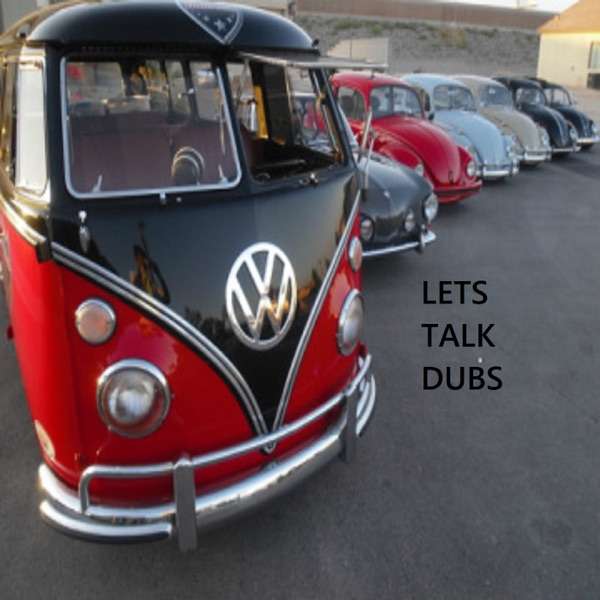Today I talk about the difference between horsepower and torque.
I go over the differences between the two, and how they are related.
To understand foot pounds of torque, imagine you are trying to get a rusty bolt off. You weight 200 pounds, and have a ratchet with a one foot long handle. If you are putting your entire weight onto the handle, you have 200 ft-lbs of torque. If you put a two and a half foot piece of pipe over the ratchet, you now have 500 ft-lbs of torque.
Horsepower was defined by James Watt as 33,000 ft-lbs per minute or 550 ft-lbs per second. What that means is that in the second example with you generating 500 ft-lbs, you were making about 1 horsepower, however briefly until either you fell off the ratchet/pipe combo or ran out of room for it to move. That would explain why you wouldn't be able to move the car very fast or very far.
There is a relationship between horsepower and torque. The relationship is horsepower = (torque x RPM)/5252. So to get the horsepower for an engine, you multiply the torque it is producing by the rpm it is running at and divide it by 5252, which is a constant. So it stands to reason that the faster you can spin an engine, the more horsepower it will produce. That usually means less torque (and by extension horsepower) at lower RPM due to the compromises needed to increase high RPM power.
The key to remember is that we are talking about horsepower and torque at the crankshaft, not at the wheels. Taking gearing into account greatly changes the horsepower vs torque thought process. If you have an engine with a lot of horsepower and little torque, so usually a smaller engine with its power high in the RPM range, you can use lower gearing to increase the torque. So if at X RPM the engine is making 400 ft-lbs of torque, and first gear in the transmission is 2.5:1 and the differential gearing is 4.0:1, the torque is multiplied ten times. So that 400 ft-lbs becomes 4000. But if we have an engine that is making 200 ft-lbs at 2X RPM, and the transmission gearing is 3.40 and the differential gearing is 5.88, we are a rounding error away from multiplying that 200 ft-lbs by 20 and getting the same 4000 ft-lbs at the wheels.
Yes I know that the numbers are convenient, that is why I picked them. But the point is, that you need to be looking at the torque vs horsepower at the wheels as well, not just at the engine.
So we know we can increase torque with gearing, but what about the horsepower part of horsepower vs torque? Since the torque is multiplied by ten, but the RPMs have been divided by ten, the horsepower is the same.
With the gearing, that is the reason that new vehicles come with 5+ speed transmissions, especially the automatics. It allows the engine to operate at the best RPM for acceleration (and fuel economy). With more gears, you can do more with less, since the RPM drops between the gears isn't as great.
So to show how it all works together, let's compare two engines with the same horsepower, but very different torque
First, lets start with a 400 HP 318 Mopar. Yes, you can get 400 HP out of a 318, check here for the details.
And subject number two is a 6.7 liter Powerstroke diesel from a Ford truck.
For some of the basic specs, the 318 makes 400 HP at 6,200 RPM, and the Powerstroke makes 400 HP at 2,800 RPM. For torque, the 318 makes 382 lb-ft at 4,900 and the diesel cranks out 800 lb-ft at 1,600 RPM.
Lets assume that both vehicles weigh the same, and have the same transmission. This mythical magical car will only differ in the engine installed, and the rear end gears.
Lets assume that they have an eight speed transmission, since this car will have the latest and greatest set up. The main reason is that the close gear ratios make the comparison easier.
Regardless of gearing, the horsepower to the rear wheels doesn't change. Let's ignore friction losses, and since this is a magic car anyway, let's say they both have 400 HP at the rear wheels. The reason that the HP numbers don't change with gearing, is that gearing changes torque. And if you put in higher numerical gears to get more torque, you have fewer RPM's, and the same horsepower.
Let's go with the fact that both of them will hit 150 MPH at redline. First thing we need to figure out is tire size, since that will affect gearing. In going with a common size on muscle cars, 215/75r15, the diameter is about 27 inches. Since width doesn't matter for this, let's just go with 27 inch diameter tires.
The next thing to look at is the top gear ratio of the transmission. With the new ZF 8 speed our mythical car has, that is 0.667 for top gear. Let's just say the redline for both engines is their horsepower peak, 6,200 for the 318, and 2,800 for the Powerstroke. If you put in gear ratio calculator into Google, there are plenty of options to choose from.
For the 318, to hit 150 MPH at 6,200 RPM, we need 4.98 gears. Just goes to show what a tall overdrive can do. For the Powerstroke, we are looking at 2.25 gears for 2,800 at 150 MPH.
Are you starting to see why torque doesn't matter when you are racing? The diesel may have over double the torque, but much taller gearing.
The gear ratios for the transmission are:
1
4.696
2
3.130
3
2.104
4
1.667
5
1.285
6
1.000
7
0.839
8
0.667
So the overall gearing in each ratio is the transmission ratio times the rear end ratio. Here is another handy chart that shows the overall ratio for each:
Gear
Ratio
318 Overall
6.7 Overall
1
4.696
23.386
10.566
2
3.130
15.587
7.043
3
2.104
10.478
4.734
4
1.667
8.302
3.751
5
1.285
6.399
2.891
6
1.000
4.980
2.250
7
0.839
4.178
1.888
8
0.667
3.322
1.501
So what does this mean? Torque does matter, but what matters is the torque at the wheels. The engine torque doesn't change if you are in first, or fourth. But the torque at the wheels changes, with horsepower the same.
So we know the max HP doesn't change for either engine depending on the gear, but torque does. So does the gearing advantage of the 318 overcome the torque advantage of the 6.7? You guessed it, time for another chart:
Gear
318 Torque
6.7 Torque
1
8933
8453
2
5954
5634
3
4003
3787
4
3171
3001
5
2445
2313
6
1902
1800
7
1596
1510
8
1269
1201
So when you take gearing into account, they 318 puts more torque to the wheels when geared to hit the same top end as the 6.7 at redline. Although in all honesty, the differences between the two is small enough, that it would only make a difference if our magic call was also able to put 100% of that power down to the ground every time, and even then it wouldn't be much difference. We are looking at around 5% difference, so let's just say the same.
But on the street, when the engine is at a lower RPM, say around 2,000 RPM, you would feel the difference. That is because the 6.7 is making close to its full 800 lb-ft at that RPM, and the 318 is making considerable less. The article I took the engine from, only listed dyno results from 3,000 RPM, where the engine was making 332 lb-ft.
It is when you are outside the realm of ideal gearing and not operating at or near the horsepower peak, that a torquey engine will be faster. Imagine both with more reasonable rear end gearing and a 4 speed or a 5 speed without at much overdrive. Wide open, they would still be about the same, but driven on the street, the 6.7 would seem much faster.
And that is why for a street driven engine, if they both have the same horsepower, as long as you are not giving up anything, like an engine that barely fits, weights too much etc, go with the one that makes more torque since it will be more pleasant to drive on the street. On the track, go with which ever one you like, fits in the car, or the racing class you are in since the torque doesn't matter since you will running the engine near or at it's horsepower peak as much as possible. And that is my thought on horsepower vs torque.
You can see the show notes at www.themusclecarguy.net/51
Please leave me feedback at pat@themusclecarguy.net or in iTunes at www.themusclecarguy.net/itunes
To support the show, if you use Amazon you can use my affiliate link at www.themusclecarguy.net/amazon

 Our TOPPODCAST Picks
Our TOPPODCAST Picks  Stay Connected
Stay Connected







